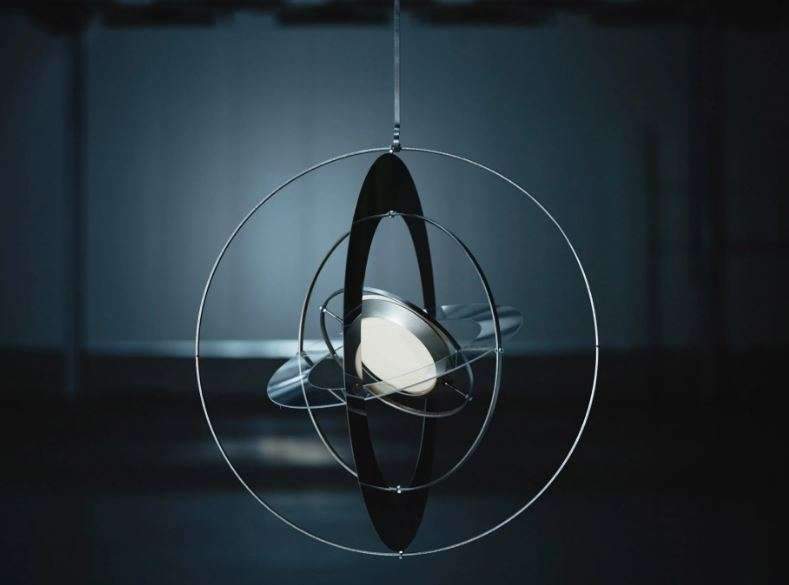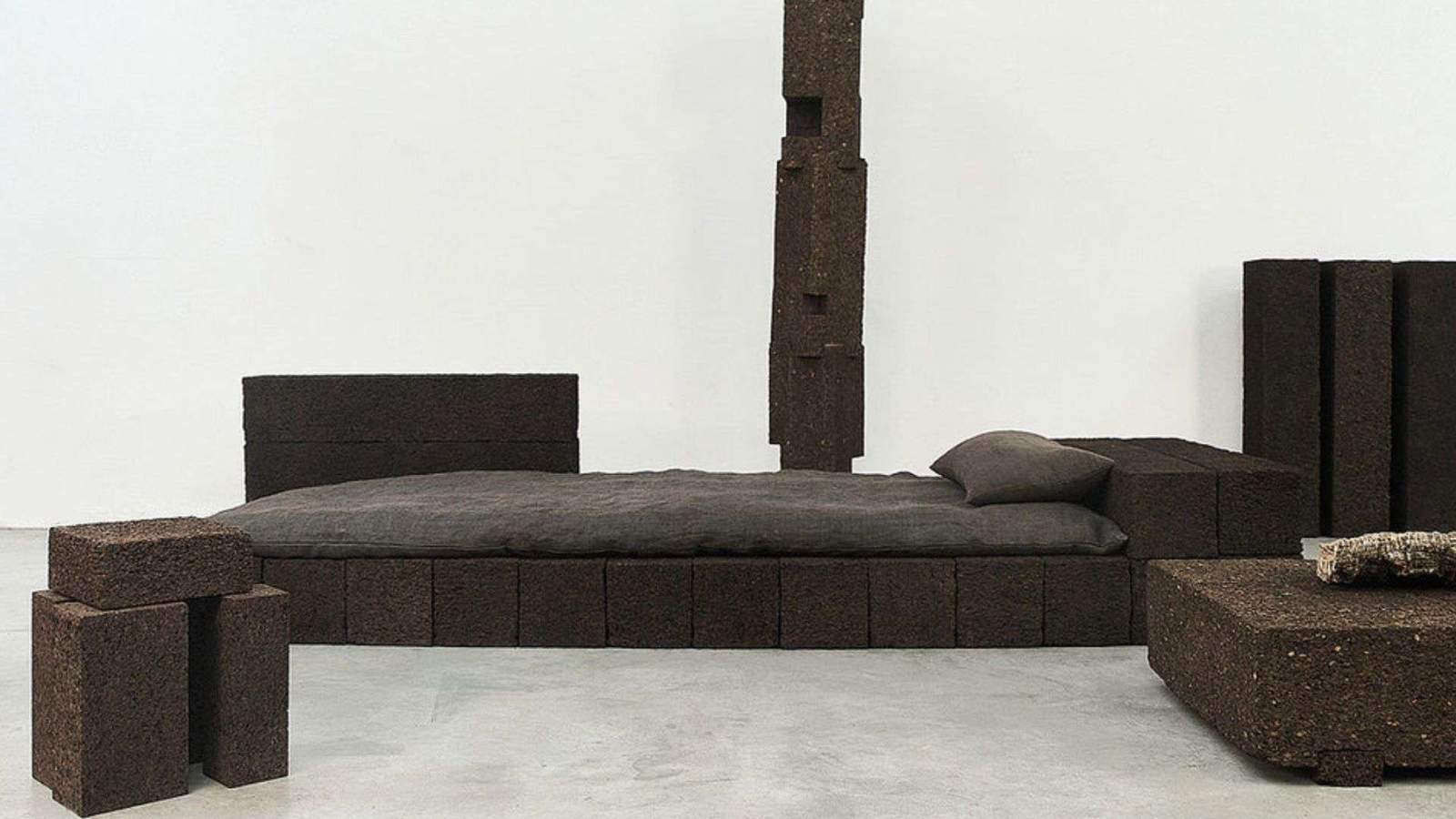with East Dulwich, London, the architecture firm Proctor & Shaw completed a home addition with a sharply slanted roof covered with red painted zinc (zinc roof).
Proctor & Shaw designed the project as an addition to an existing Edwardian house, expanding the ground floor dining room and kitchen, and it is home to a family of seven.
The studio created a special serrated-edged roof with exposed rafter tails to run alongside the expansion, improving both privacy and daylight access while also perhaps preventing neighbors from spying on you.
John Proctor, director of Proctor & Shaw, told Dezeen that “from the side, the serrated edge blocks oblique views from the principal first-floor neighboring windows.” “It is designed to be pulled back (with the shortest overhang) at the mid-window point to allow the maximum amount of light directly from above.”
Beside the kitchen and eating area is a recently constructed living area with porcelain tiles that is protected by the wide overhangs on the roof.
Sliding doors smoothly link the inside with an outside terrace, while deep skylights pierced into the roof provide light into the area below.
The warm-toned Douglas fir kitchen cabinets and seating define the internal area, while the cool-toned concrete worktops and flooring serve as a counterpoint.
Bold pink walls and matching floor tiles delineate the bathroom and utility area of a centralised services unit tucked behind the kitchen.
Level changes, which are integrated into a sloping site, act as thresholds, separating the open-plan interior and outdoor spaces.
Outside, metal stairs descend to the planted garden, which was created in association with Barbara Samitier Garden Design and includes a paved outdoor kitchen, seating area, and outbuilding.
The studio claims that in order to allow for a finely defined roof edge, drainage is provided at ground level from both the home’s existing pitched roof and the gutter-less zinc roof.
“[The gutter-less roof] required careful navigation of regulatory requirements for rainwater drainage, which was ultimately achieved with the side roofs being kept small,” Proctor stated.
Finally, find out more on ArchUp:










